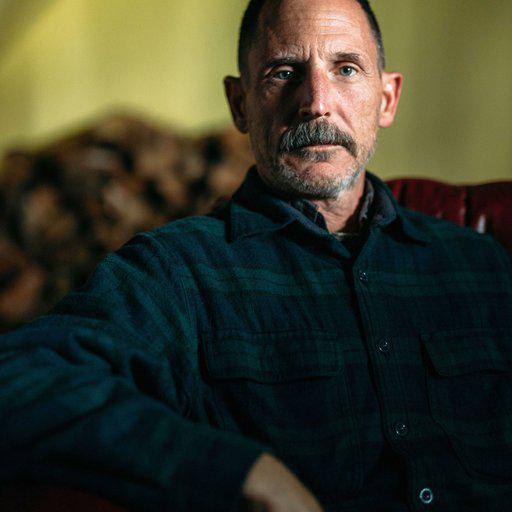William Klein
You are following
Follow
Though he is best known as a photographer and filmmaker, American artist William Klein was initially trained as a painter in France, where he studied under Fernand Léger. In the 1950s Klein primarily worked in abstract painting and sculpture, and collaborated regularly with the influential Italian architecture and design magazineDomus. Though Klein had no formal background in photography, the art director of Vogue magazine, Alexander Liberman, hired him as a photographer for the magazine, where he created many of its most iconic images.
Klein's photographs are often out of focus and taken with wide angles on high-grain film. He frequently over-exposed his negatives to get high-contrast prints and many people were outraged by his disregard for the traditional rules of photography. He explains of his early work, "I thought you could do anything in photography, like you could do anything in painting at the time." Klein is considered to be one of the fathers of street photography, creating raw images of everyday life as he saw it. In 1956 he published his first book of photographs, New York, which won the prestigious Prix Nadar, awarded annually to a photography book edited in France.
Following the success of …
Klein's photographs are often out of focus and taken with wide angles on high-grain film. He frequently over-exposed his negatives to get high-contrast prints and many people were outraged by his disregard for the traditional rules of photography. He explains of his early work, "I thought you could do anything in photography, like you could do anything in painting at the time." Klein is considered to be one of the fathers of street photography, creating raw images of everyday life as he saw it. In 1956 he published his first book of photographs, New York, which won the prestigious Prix Nadar, awarded annually to a photography book edited in France.
Following the success of …
Though he is best known as a photographer and filmmaker, American artist William Klein was initially trained as a painter in France, where he studied under Fernand Léger. In the 1950s Klein primarily worked in abstract painting and sculpture, and collaborated regularly with the influential Italian architecture and design magazineDomus. Though Klein had no formal background in photography, the art director of Vogue magazine, Alexander Liberman, hired him as a photographer for the magazine, where he created many of its most iconic images.
Klein's photographs are often out of focus and taken with wide angles on high-grain film. He frequently over-exposed his negatives to get high-contrast prints and many people were outraged by his disregard for the traditional rules of photography. He explains of his early work, "I thought you could do anything in photography, like you could do anything in painting at the time." Klein is considered to be one of the fathers of street photography, creating raw images of everyday life as he saw it. In 1956 he published his first book of photographs, New York, which won the prestigious Prix Nadar, awarded annually to a photography book edited in France.
Following the success of New York, he published several similar books focusing on photographs he took in other cities: Rome in 1960, Moscow in 1964, and Tokyo in 1964. Also well-known as a filmmaker, Klein directed the first of several feature films, Who Are You, Polly Maggoo?, in 1966.
show more descriptionshow less descriptionKlein's photographs are often out of focus and taken with wide angles on high-grain film. He frequently over-exposed his negatives to get high-contrast prints and many people were outraged by his disregard for the traditional rules of photography. He explains of his early work, "I thought you could do anything in photography, like you could do anything in painting at the time." Klein is considered to be one of the fathers of street photography, creating raw images of everyday life as he saw it. In 1956 he published his first book of photographs, New York, which won the prestigious Prix Nadar, awarded annually to a photography book edited in France.
Following the success of New York, he published several similar books focusing on photographs he took in other cities: Rome in 1960, Moscow in 1964, and Tokyo in 1964. Also well-known as a filmmaker, Klein directed the first of several feature films, Who Are You, Polly Maggoo?, in 1966.
Born 1928
Hometown New York, NY
Lives and Works Paris, France
Education
City College of New York, New York, NY
Works Available for Purchase
No works





